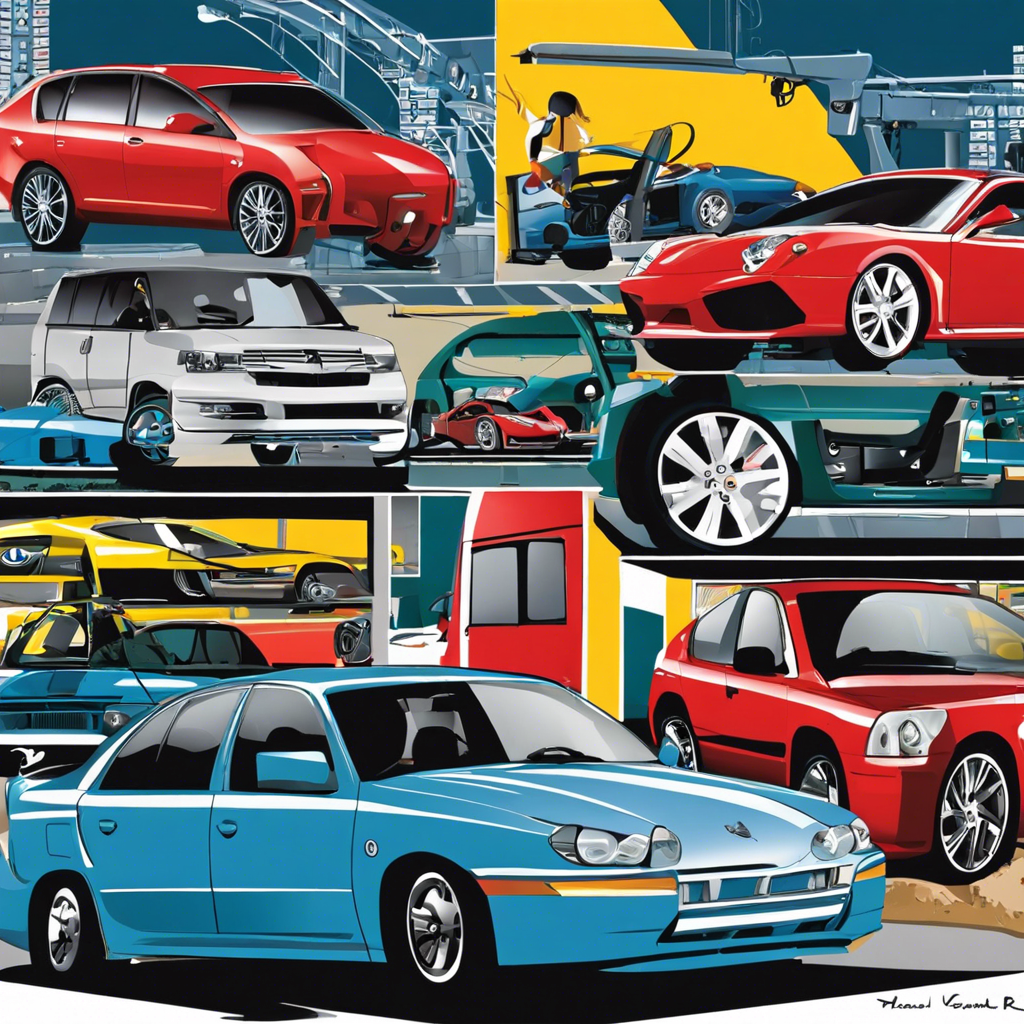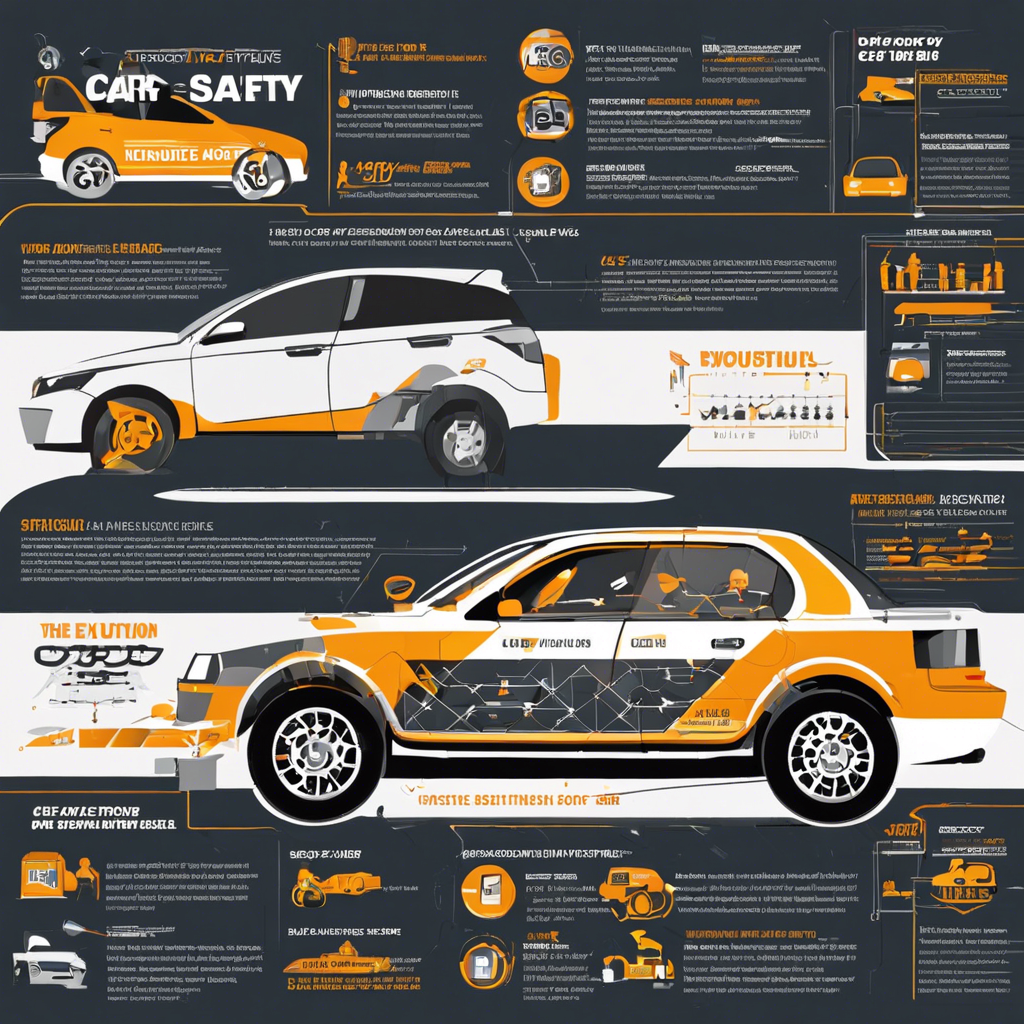The future of autonomous vehicles is an exciting and rapidly evolving topic that promises to revolutionize the way we think about transportation. The technology is developing at a rapid pace, and it is crucial to understand its potential impact on our lives.
Autonomous vehicles (AVs) have the potential to significantly improve road safety. According to the World Health Organization, approximately 1.3 million people die each year as a result of road traffic crashes. AVs have the potential to reduce these numbers significantly by eliminating human error, which is a factor in more than 90% of crashes. With advanced sensors, cameras, and software, AVs can react faster than human drivers, avoid obstacles, and make safer decisions on the road.
In addition to improved safety, AVs offer greater convenience and efficiency. They can provide mobility options for those who cannot drive, such as the elderly or disabled, and reduce the need for parking spaces by allowing vehicles to be used more efficiently. For example, an AV can drop someone off and then move on to pick up another passenger instead of waiting idle. This can help reduce congestion and free up space in densely populated urban areas.
The potential benefits of AVs extend beyond individual convenience and include positive environmental impacts. With improved fuel efficiency and reduced emissions, AVs have the potential to play a key role in combating climate change. platooning—where multiple AVs drive in a coordinated manner, maintaining a close distance using connectivity technology—can reduce air resistance and lower fuel consumption.
The future of AVs also holds the promise of a more connected and integrated transportation network. AVs will be able to communicate with each other and the infrastructure around them, such as traffic signals and highway signs, to optimize routes, avoid congestion, and improve overall traffic flow. This level of connectivity will enhance the efficiency of our transportation system and reduce the time spent in traffic.
However, realizing this future comes with several challenges and considerations. One critical aspect is ensuring the security and privacy of data generated and exchanged by AVs. As AVs become increasingly connected, protecting them from cyber-attacks and ensuring the security of passenger data becomes paramount.
Another challenge is addressing the impact of AV technology on jobs and the economy. The transition to AVs may disrupt industries and change the job market, requiring individuals and societies to adapt. Retraining and reskilling programs could help workers affected by this transition find new opportunities.
The future of autonomous vehicles is bright, but it requires careful planning and collaboration between policymakers, industries, and communities to realize its full potential while mitigating risks along the way.



